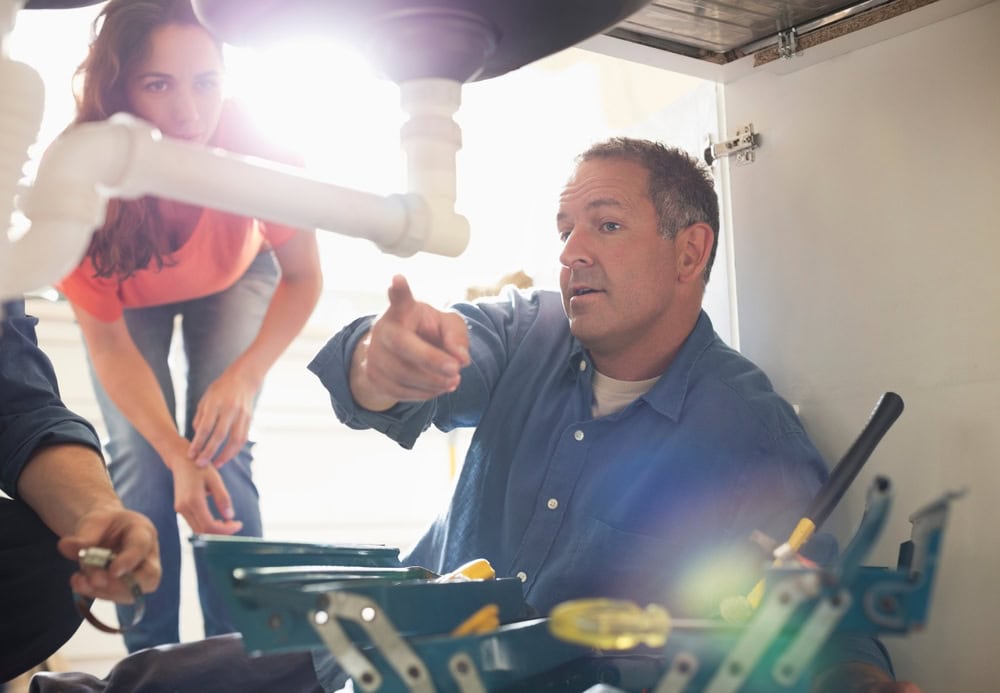Digital Transformation: Tech Tools California’s Top Contractors Use in 2025
The construction landscape in California has undergone a dramatic transformation, with leading contractors embracing cutting-edge technologies that are reshaping how projects are delivered. Based on recent industry reports and real-world implementations, here’s an inside look at the tools driving success in 2025. 3D Printing Revolution The most dramatic growth in construction technology belongs to 3D … Read more










